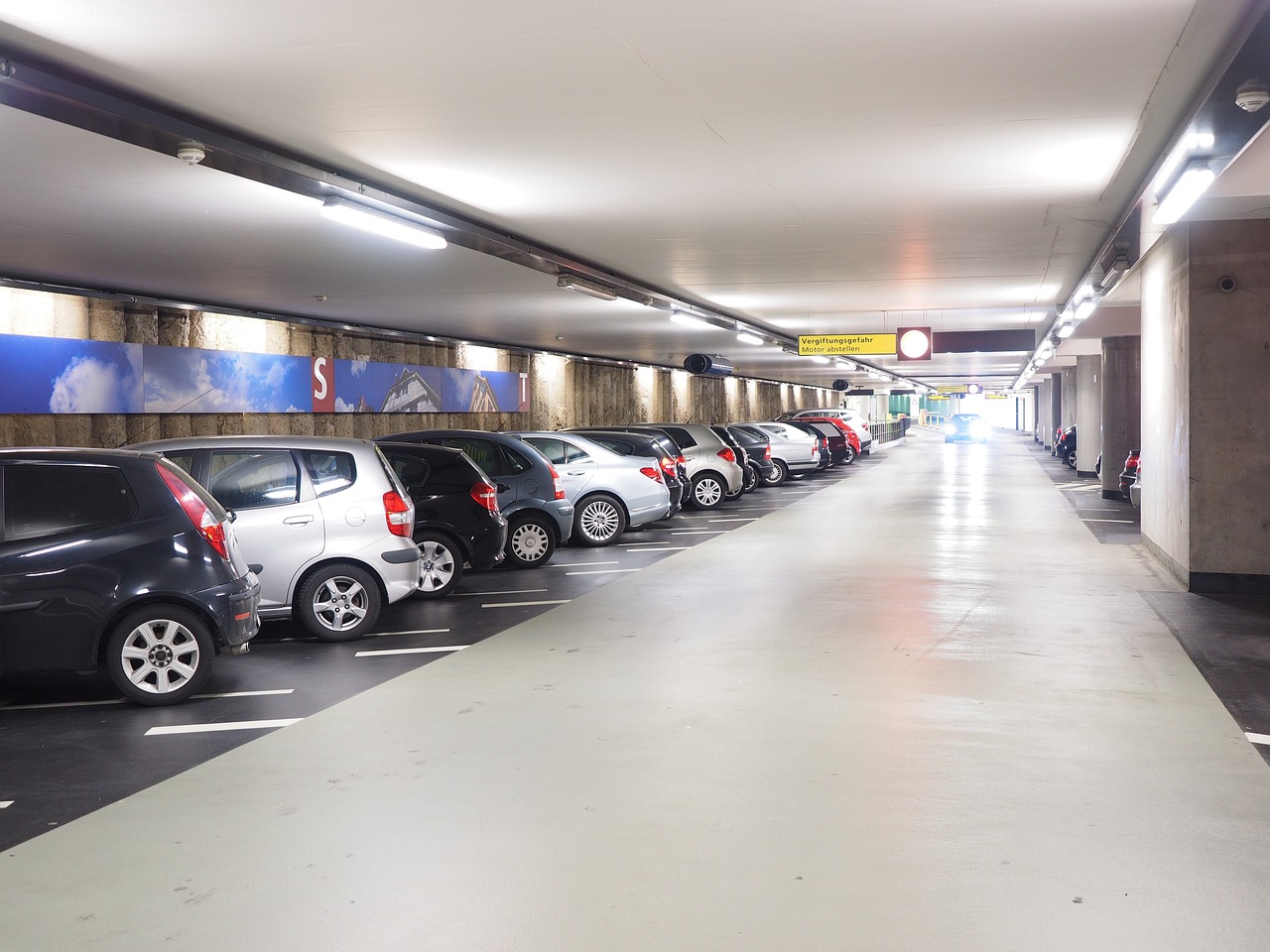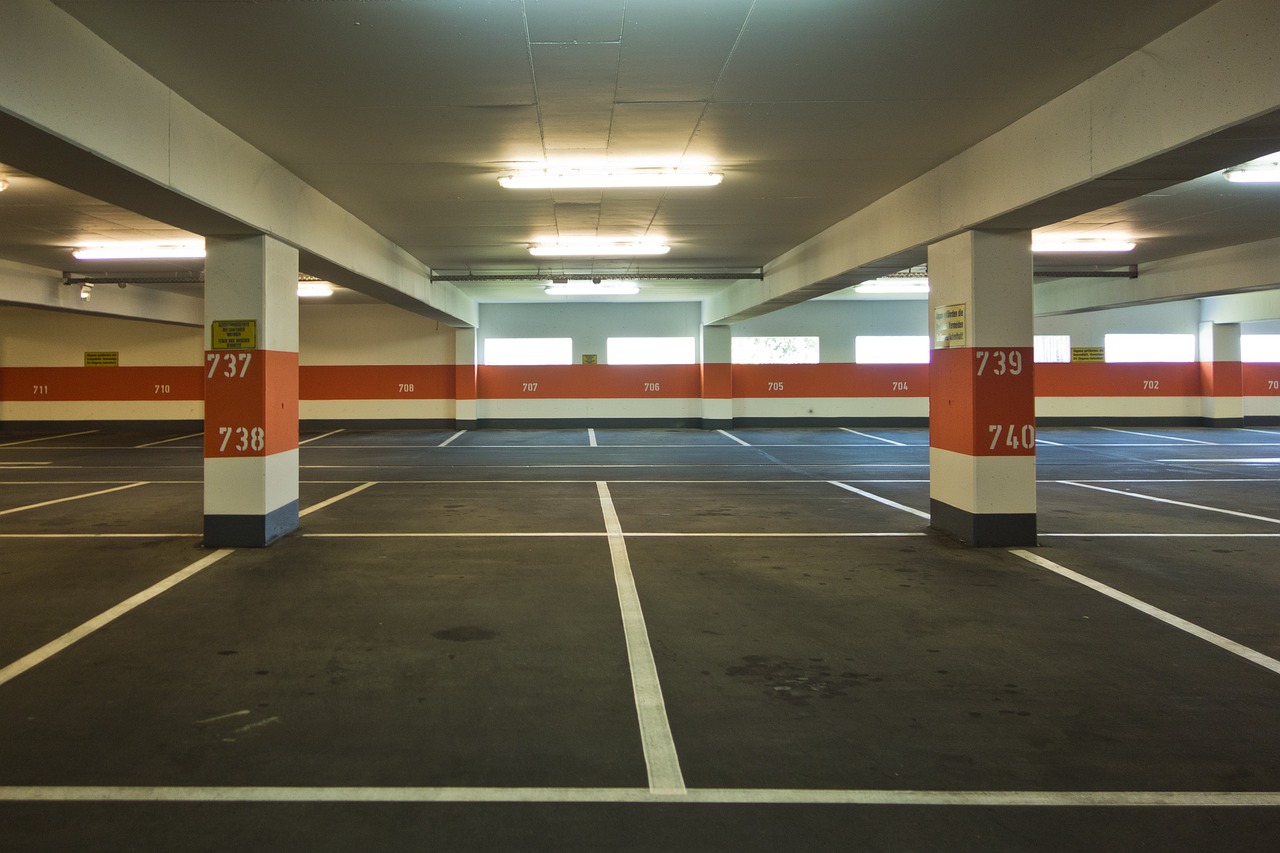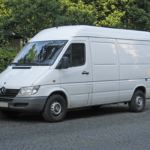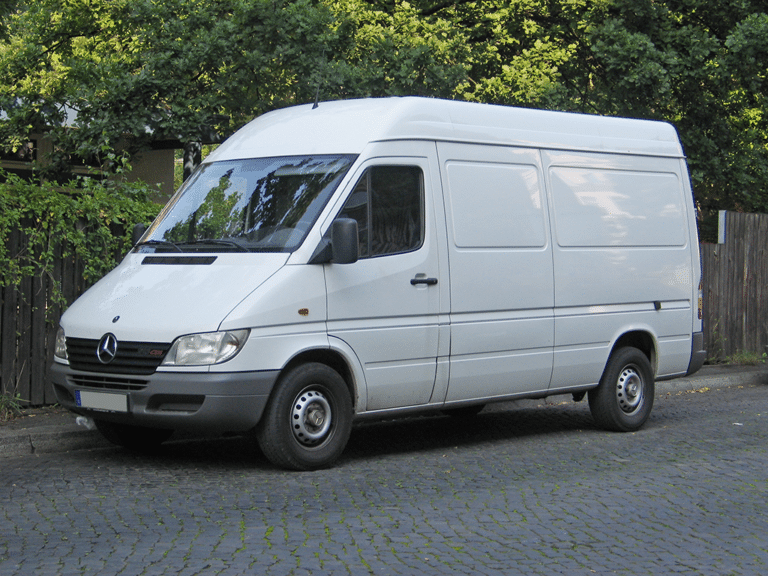Cars are getting too big for parking spaces – is your SUV too big for the typical parking bay?
In recent years, the size of cars, particularly SUVs, has been steadily increasing. This trend has led to a growing concern: are these vehicles too big for standard parking spaces? Cars are getting too big for parking spaces these days, so let’s dive into this and explore its implications.

According to a report by the green think tank Transport & Environment, the average width of new cars sold in the UK has grown by 1cm every two years. The average motor is now 180.3cm wide, or 200cm with its wing mirrors extended. However, many SUVs are even wider, with some spanning up to 220cm. This increase in size has made it challenging for drivers to find suitable parking spaces, especially in urban areas where space is limited.
The standard dimensions for parking spaces in the UK are 2.4 meters wide and 4.8 meters long, according to the AA. However, these dimensions were established decades ago and haven’t kept pace with the increasing size of modern vehicles.
The Institute of Structural Engineers has recently updated the recommended dimensions for parking spaces to 2.6 meters wide and 5 meters long, says This Is Money. Despite this change, many cars, particularly luxury SUVs and executive saloons, still exceed these dimensions.
The mismatch between car sizes and parking spaces has several implications for drivers. First off, it makes parking more difficult and time-consuming that’s for sure. Drivers of larger vehicles often struggle to fit into standard parking bays, leading to frustration and increased traffic congestion. Additionally, according to This Is Money, parking outside the designated lines can result in fines, which vary across the country but typically range from £70 to £150.

The trend towards larger vehicles also has environmental and safety implications. According to the BBC, larger cars generally consume more fuel and produce higher emissions, contributing to environmental pollution. Moreover, the increased size of vehicles can pose safety risks, particularly for cyclists and pedestrians in urban areas.
To address this issue, several solutions have been proposed. One approach is to redesign parking spaces to accommodate larger vehicles, says the BBC. This could involve increasing the width and length of parking bays or creating dedicated parking areas for oversized vehicles, which would be amazing, as well as less stress for car owners of larger vehicles. Another solution is to encourage the use of smaller, more fuel-efficient cars, particularly in urban areas where space is limited.
Overall, the increasing size of cars, particularly SUVs, poses significant challenges for parking in urban areas. While redesigning parking spaces and promoting smaller vehicles are potential solutions, it will require a concerted effort from policymakers, urban planners, and drivers to address this issue effectively.
Jamjar.com makes selling your car quick, easy, and hassle-free. By comparing offers from a trusted network of UK car buyers, you get the best price without the stress of negotiating or haggling. There are no hidden fees, no obligation to sell, and the entire process is 100% online. Whether your car is nearly new or well-used, Jamjar helps you sell it fast and for a fair price—saving you time and effort.
SELL YOUR CAR HERE: https://www.jamjar.com/sell-my-car/
Jamjar.com makes selling your car quick, easy, and hassle-free. By comparing offers from a trusted network of UK car buyers, you get the best price without the stress of negotiating or haggling. There are no hidden fees, no obligation to sell, and the entire process is 100% online. Whether your car is nearly new or well-used, Jamjar helps you sell it fast and for a fair price—saving you time and effort.


















































